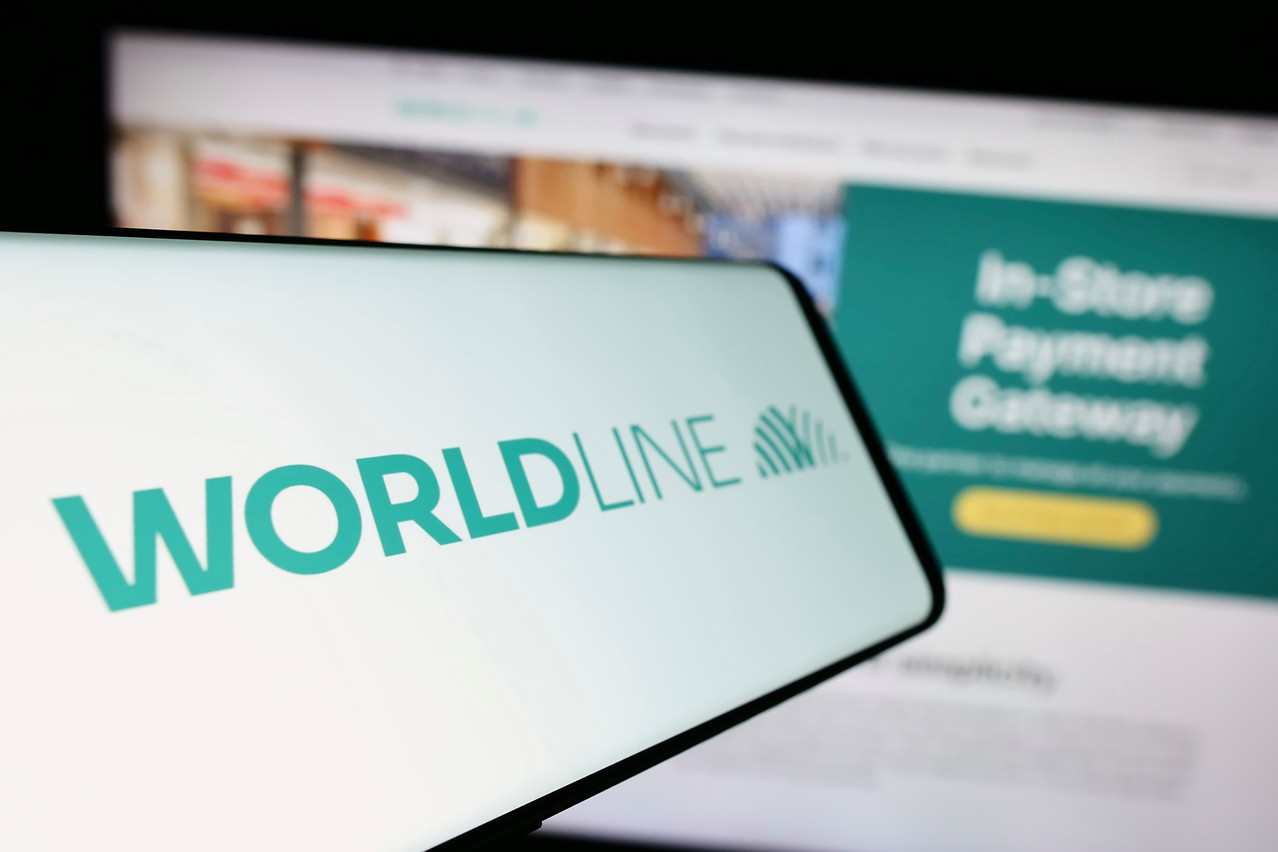In Luxembourg and nine other countries, Worldline has already deployed its new “Bank Transfer by Worldline” payment solution. By the end of the year, it will be extended to four Eastern European countries: Poland, Slovakia, the Czech Republic and Hungary. This so-called account-to-account (A2A) payment solution is a direct consequence of , which has paved the way for innovations in the payments sector by allowing third parties, such as Worldline, to access consumers’ banking data and facilitate direct payment services between bank accounts.
This new solution connects to more than 3,500 banks in 14 countries, and is integrated into the various online payment and pay-by-link solutions of around 500 existing merchant customers. It enables them to carry out high value transactions and reduce their costs.
For Worldline’s head of financial services, Alessandro Baroni, the solution offers advantages for both merchants and consumers. “By integrating Worldline’s open banking solution, which connects to over 3,500 banks across European countries, ‘Bank Transfer by Worldline’ offers merchants a solution that simplifies payment initiation via bank transfer and unifies the customer experience,” he said in a . When fully deployed by the end of the year, 300m European bank customers will be eligible.
The average customer will no longer need a mobile wallet or a physical card, just a bank account. All they need to do is connect securely to their bank, using APIs, and transfer money electronically from one bank account to another. Worldline also states that its solution “minimises the likelihood of declined transactions.”
Card limits, fraud, high transactions...
It is also designed to address everyday issues such as card limits and the risk of fraud. “Based on the PSD2 [Payment Services Directive] standard and strong customer authentication, the risk of fraud is reduced,” says Worldline. Accessible for online shops or via a QR code, “it also effectively addresses specific payment scenarios that traditional methods typically cannot accommodate, including invoices and high-value transactions.”
But “Bank Transfer by Worldline” still differs from a traditional transfer on several levels: in terms of the technology used, the speed of transactions and the user experience. In terms of technology, a bank transfer depends on the traditional banking system, whereas the A2A payment is based on open APIs. The A2A transfer is faster and costs less or nothing, whereas a bank transfer can take several days and include fees. In terms of user experience, an A2A payment is simplified and mobile-friendly, whereas it still depends on the bank for a traditional transfer.
“We have developed a payment method grounded in trust and simplicity, leveraging existing European payment networks and offering innovative customer experience. This launch reinforces our commitment to making payment solutions accessible for all,” commented Paul Marriott-Clarke, head of merchant services at Worldline.
This article was originally published in .
